- Details
- Written by: admin
- Category: terms
- Hits: 2325
There is no identifiable structural system that is capable of resisting seismic loads, for example a post-and-beam structure where columns are not cantilevered and the connections between column and beam are not moment-resisting.
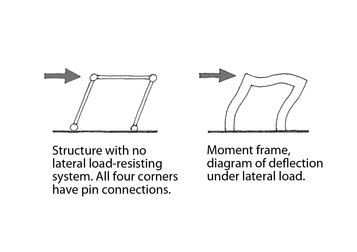
A structure without lateral load-resisting system is unstable when subjected to lateral loads, while a moment frame is able to resist seismic forces

None of these lateral load-resisting systems exist in a building classified as No Lateral Load-Resisting System

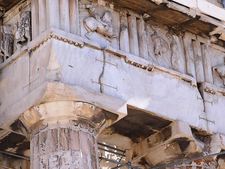
Ancient Greek temple Parthenon in Athens (construction completed in 432 BC) can be classified as No Lateral Load-Resisting System, because there is no moment connection between columns and beams; the photos show the temple during the structural rehabilitation in 2007 (B. McEwen)

This building is a part of the Royal Palace complex in Pnom Penh, Cambodia. Its lateral load-resisting system can be characterized as No Lateral Load-Resisting System because it doesn't have any apparent lateral bracing (C. Scawthorn)
- Details
- Written by: admin
- Category: terms
- Hits: 855
It is not known if there are any connections between the floor diaphragm(s) and the walls that are capable of transfering in-plane forces from floors to wall and restraining outward displacements of walls. There is insufficient information available or the connections are not visible from a survey.
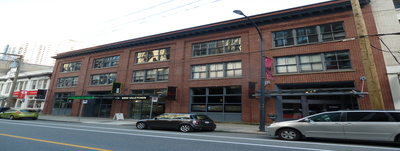
It is not clear if floor-wall diaphragm connections are present for this unreinforced brick masonry building (S. Brzev)

It is not clear if floor-wall diaphragm connections are present in this stone masonry building (S. Brzev)
- Details
- Written by: admin
- Category: terms
- Hits: 16703
An L-, U-, E- or other (in plan) shaped building where two wings may oscillate out-of-phase, leading to large shear stresses in floor and/or roof diaphragms.
If the plan setback is at least 15% of both plan dimensions, then the setback is considered to form a re-entrant corner.

Examples of building shapes with re-entrant corners (A. Charleson, Seismic Design for Architects, Architectural Press 2008, p133 fig. 8.10)

This diagram illustrates the principle that a 15% plan setback is required in both directions for it to be considered a re-entrant corner.
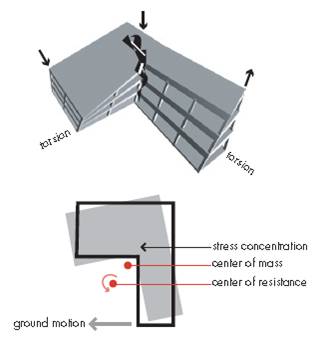
Movement of the wings of an L-shaped building during an earthquake results in high shear stresses combined with a stress concentration at the re-entrant corner; this is aggravated by torsional effects which develop since the center of mass and the center of rigidity cannot coincide in this form. (FEMA 454)
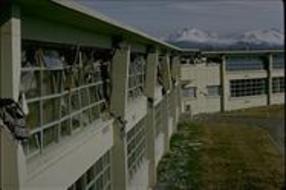

West Anchorage High School suffered extensive damage in the 1964 Alaska earthquake. Stress concentration at re-entrant corner caused damage in the concrete roof diaphragm of this reinforced concrete building. The left photo shows building damage, and floor plan drawing is shown on the right (Courtesy of the NISEE, University of California, Berkeley)
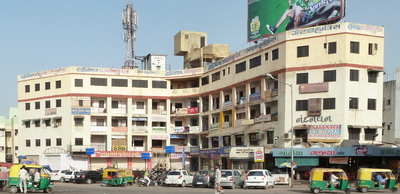
An L-shaped building with re-entrant corner, India (S. Brzev)
- Details
- Written by: admin
- Category: terms
- Hits: 1712
The foundations are less than 1m deep below grade, and they have no lateral capacity. Foundations with no lateral capacity include piles without lateral bracing support.

An example of a timber pile shallow foundation with no lateral capacity.


